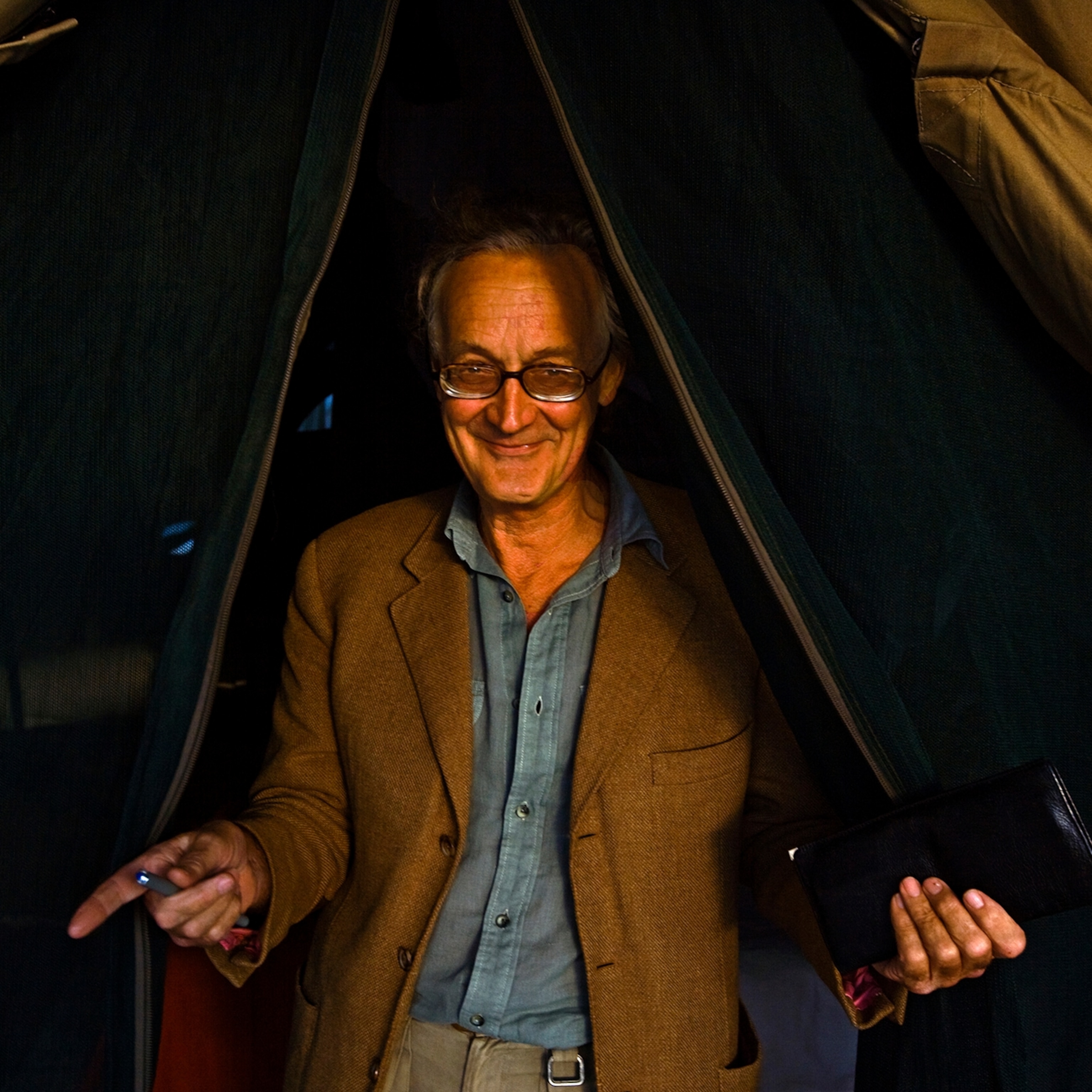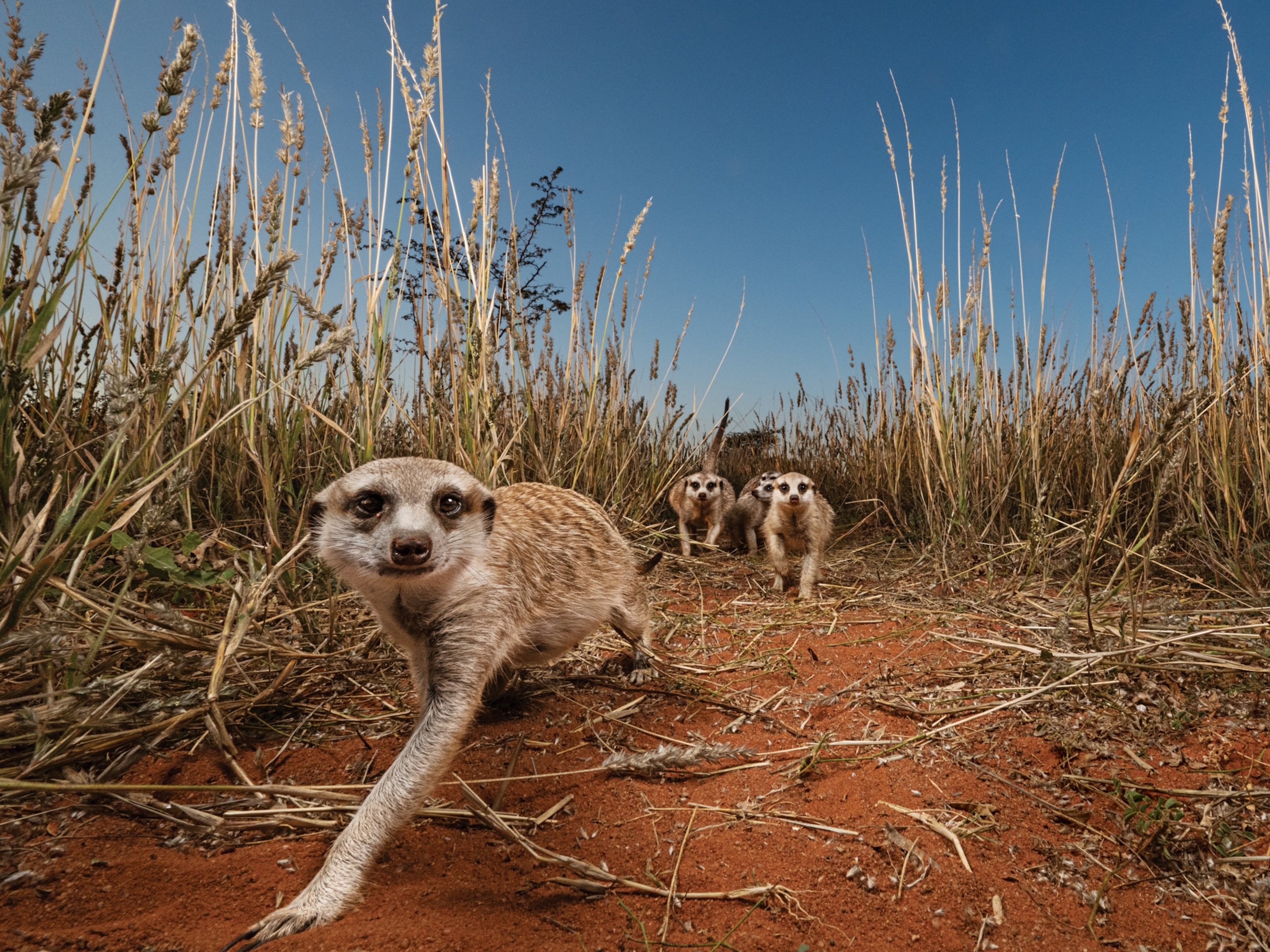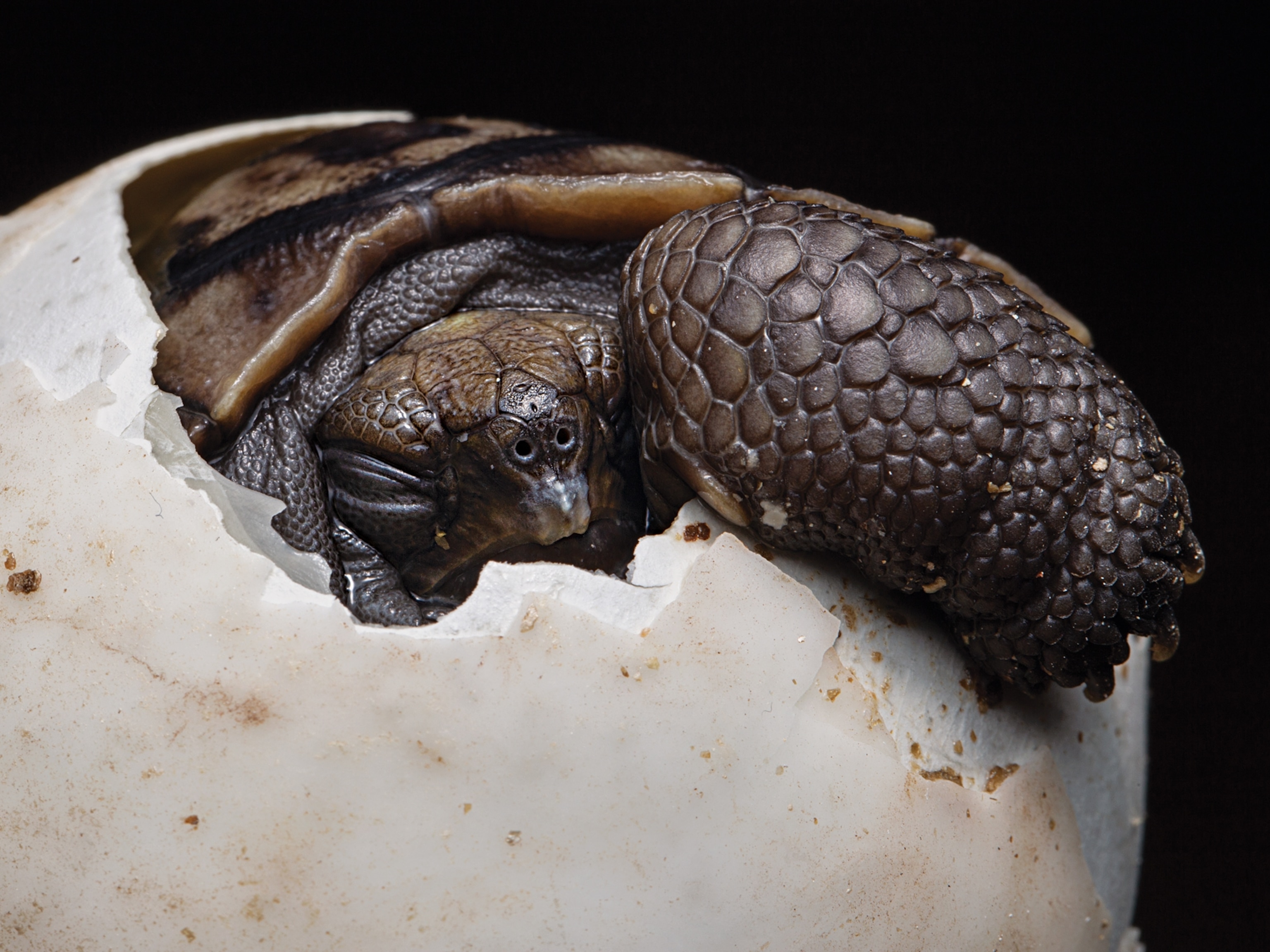
Tiny burrowing owls find safer homes with the help of these scientists
Western burrowing owls have lost most of their grasslands to development in California, but new research shows how relocating them can work.
Colleen Wisinski has a tough job: Relocating tiny, adorable owls before their grassland homes are taken over by urban development in California.
Developers are required by the state to safely remove western burrowing owls—a federally protected subspecies—from their land. But there’s often little guidance on how to do that, and even less information on what happens to the birds in their new homes.
Despite their name, western burrowing owls—found across arid grasslands from Canada to South America—do not burrow, they borrow. The 10-inch-tall birds hole up in abandoned burrows made by prairie dogs and ground squirrels, hunting insects and small mammals during the day and nesting with up to a dozen of their chicks at night. Because they don’t dig their own homes, their owl’s adopted burrows are crucial to their survival; lose the host species who digs the hole, lose the owls, as has been the case with prairie dog declines throughout the Great Plains.
About 95 percent of California’s original grasslands have been destroyed since European settlers arrived. This habitat loss is the main reason the yellow-eyed, long-legged birds have rapidly declined in the state, according to Wisinski, of the San Diego Zoo Wildlife Alliance. While the owls’ rattlesnake-rattle mimicry may deter predators such as badgers and coyotes, it does nothing to deter a bulldozer. (Read why birds matter, and are worth protecting.)
The most common strategy for moving owls is called displacement, in which developers wait until the birds are away from home, then collapse their burrows. (Ecologists refer to this as “eviction.”) The now-homeless owls, it is assumed, will find new burrows. A more involved option is translocation, in which scientists such as Wisinski capture and relocate the animals to new sites that are often protected from future development.


It may seem like translocation is preferable to eviction, but that’s not necessarily the case: Translocated owls often fly right back home, only to discover their cozy grassland is now a supermarket or a solar array.
When that happens, “it can be hard, because I get to know the individuals pretty well,” Wisinski says. Owls who return to their burrows likely face “eviction” or relocation all over again.
But now, Wisinski and colleagues have devised some new tools to keep these little raptors safe.
Playing recorded owl calls and painting new burrows with what looks like owl feces can convince relocated burrowing owls to embrace their new homes, according to new research in the journal Animal Conservation.
The new research can help scientists measure the success of translocations, for which data are scarce, says study co-author Ronald Swaisgood, a recovery ecologist at the San Diego Zoo Wildlife Alliance.
It also makes translocation both “a problem and a wonderful opportunity for us to learn what works and what doesn’t,” Swaisgood adds.
New owl on the block
In their recent research, Swaisgood, Wisinski, and colleagues studied 81 burrowing owls at four development sites across southern California. They included 19 owls in the displacement experiment and captured 47 for the translocation experiment. Fifteen owls that were neither displaced nor relocated served as controls.
The team banded all of the study owls, but only managed to outfit 20 with a satellite telemetry backpack that allowed the researchers to track their movements.
To displace, or evict, the owls, the researchers installed one-way doors in burrows, waited until the birds left, and collapsed the holes. The team then tracked the movements of the 19 displaced owls. (Learn more about fascinating owls of the world.)
They then moved the 47 owls to an “acclimatization tent” at the new site, where the animals spent a month warming up to their new home.
The team worked with various government agencies to select protected grasslands for the owls.
At 11 burrows of the backpack-wearing owls, thee researchers splattered new burrows in those locations with owl feces, both real and fake. Nearby speakers played burrowing owl hoots in an effort to make the new arrivals feel at home. The other nine backpack-wearing owl burrows did not receive this extra treatment.
In addition to tracking the owls’ movements with GPS, the researchers also observed them via wildlife cameras and in person at the new burrow sites.

After one month, the translocated owls that received the audio and visual cues were 20 times more likely to stay close to their new burrows than the translocated owls without the cues.
The team also found that translocated owls were slightly more likely to breed overall, which is critical for the long-term success of the population.
Several translocated owls died or disappeared, possibly because adapting to a completely new environment is difficult and takes time.
But "it’s worth paying that initial survival penalty if it means we can get the owls established in a secure, protected area,” Swaisgood says. “In the long run, that habitat will be managed for them, and they’ll have better long-term prospects.”
Seeking developers with heart
Whether burrowing owls in harm’s way should be translocated or evicted is “hotly debated in the owl world,” says Martha Desmond, an ecologist at New Mexico State University who was not involved in the study.
Research in support of both ideas is relatively scant, partially because most states don’t require any follow up to see how the owls are faring.
But the new paper adds important data points, a boon since it’s crucial to evaluate different techniques to know which work the best, Desmond says.
Of course, the best approach would be for developers to avoid the grasslands where owls live in the first place—especially in areas where owl populations are decreasing, says Andrea Jones, director of bird conservation for the Audubon Society of California. “We need a multi-pronged approach, because in the direction they’re headed in, they’re going to struggle.”
“You can certainly find developers who want to do the right thing, and some who are forced into it through [regulations],” she says. “But if you join them at the table from the beginning … you’ll have a much better outcome in the long run. It’s a matter of educating the industry and not harming their bottom line.”
Desmond and Jones believe requiring future developments to include or fund a conservation study with their construction could be effective, as the study also suggests.
“We want everyone to work together in the best interest of the birds,” Desmond says. That might include restricting which seasons owls could be moved or, at the very least, requiring surveys to see where burrowing owls live on the land. (See beautiful pictures of raptors.)
As for Wisinski, she says that even on the difficult days, “it’s gratifying work—to be trying to do the right thing and having an impact.” And, she adds, “having a burrowing owl in your hand never gets old.”








